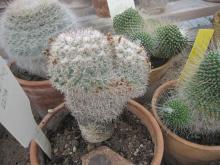When you know what to plant next to this or...
-
Images of Mammillaria plant and pictures
Mammillaria is a part of Cactaceae (cacti) – the botanical family, which today includes nearly 2 000 various species native to the American continent. Perhaps, one of the particular identification marks of these plants is the absence of leaves, only spines set on the body. Many people believe that every spined plant is already a cactus, which is not true.
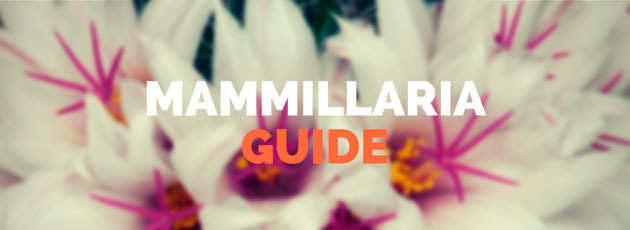
Mammillaria Plants as the Most Popular Cactus Genus
Mammillaria plants are of small size and are now regarded to be perfect for mass distribution thanks to the easiness of their growing and propagation. The genus popularity caused a great deal of study and literature on identifying the types of plant like Spinosissima, Bocasana, Hahniana, Tetrancistra, etc.
Most types of mammillaria are covered in protrusions that give the cactus its name. The plant’s shapes as well as needles vary greatly. Thus, cacti may be oval, shaped like cylinders (a group of them) or round. The spines vary in texture and length. Some have softer and finer spines, resembling hair, whereas others have bristlier and sharper spines. Besides, there are types that have no spines at all.
If you are now looking for a nice plant, you can check the images and pictures to find out what cacti works best for you. FYI, the flower of the plant may be straw-yellow or violet, white or red, pink, etc.
Planting Mammillaria. What to Use: Seeds or Cutting?
How to plant a mammillaria? This question interests many people. Perhaps, one of the easiest ways of propagation is taking off the offsets from the parent plant’s base. Such pruning should be done in spring.
An offset (or a cutting) from cacti readily forms in clusters around the base. Remove an offset, allowing the cut to dry on a paper towel for a couple of days. A callous is going to form over the cut surface, depending of the cut area’s size. After the formation, place the callous in a pot with a soil mixture and keep it in a warm location till the new roots appear. Planting the cactus into a regular container is essential right after the plant is established. You can also use mammillaria seeds, but the growing period will take much more time.
How and when to transplant? If it is needed, repot the plant during a warm season. Before transplanting make sure the soil is dry. Remove the pot, knock away old soil from roots and remove dead or rotted roots. Use a fungicide to treat cuts and then place the plant into a new pot, filling it with potting soil. Make sure you spread the roots out.
Leave mammillaria indoor for 7 days and then start watering it lightly in order to reduce the possible risks of root rot.
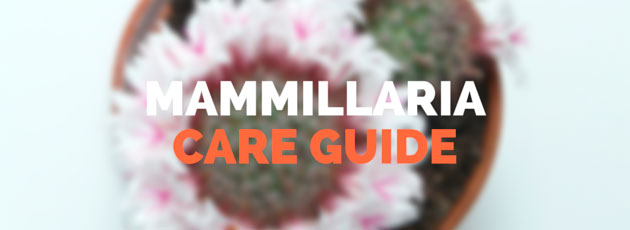
Step-by-Step Care Guide
While caring for mammillaria, there are several basic rules you should know concerning:
- soil
- watering
- lighting
- fertilizer (feeding)
During winter months you should better keep the plant almost completely dry. Water it only to prevent the drying of roots (normally, once per month is enough). Starting from March, the growing process is going to start. This is when watering must be increased until late May, as the plant is in its full growth.
Safely water the cactus once per week during summer months. Add as much water as the pot of the plant is allowed to drain. When the temperature is extremely high, you must water the plant once per day. Starting from late September the watering process must be reduced in order to force the plant going in to a condition of semi dormancy. Before November comes, you are to get back to the winter-type watering regime.
A rich and fast-draining soil mix is another tip for proper care for mammillaria. During the entire growing season it is highly important to fertilize the soil with a proper mix, whereas feeding during the dormant period should be suspended. When the compost is fresh, it is not necessary to use the feeding. However, if the plant has not been repotted recently, use a half-strength general purpose fertilizer at the watering time from May and during one month. This is a basic rule for those, who’d like to know how to care properly.
Never feed the plant from September and onwards. Why? This may lead to lush growth that is fatal during dark and cold autumn and winter months.
Light instructions are pretty simple as well. Grow mammillaria in bright sun during summer months, trying to avoid rather strong midday sun. This is going to help to prevent plant scorching. When winter comes, allow much more direct light as it is comparatively weaker than the summer sun. Keep the plant in an east or west facing window or a south facing one in case there are net curtains that assist in protecting it from harsh light.
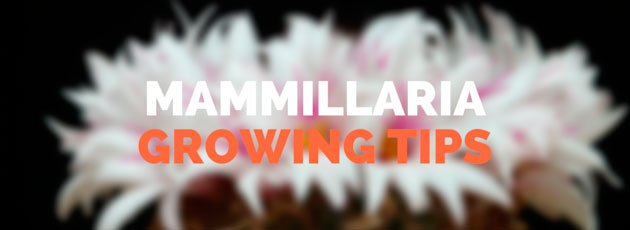
Mammillaria Growing Tips. Having Beautiful Plants Requires Proper Care
Mammillaria propagation is similar to that of almost any other plant. Usually seedling takes a quite long time to form plants, so many people consider pruning a great way of plant division. How to prune mammillaria? There are little offsets, clustering around the plant. They can be easily pulled away and placed in a dry and warm location to form calluses. As this is an indoor plant, it is essential to know how to grow it in pots. Cacti like being in little pots and require repotting every 3-5 years.
In cultivation the temperature must be kept between 20°C and 30°C. It is allowed to fall to 15°C at night, when it is summer time, and to 18°C during winter months. One of the optimal ways of keeping the plant during the summer is growing it outside starting from May and through September. Simply place it in a sunny spot, as there it can get strong sunlight. Make sure it avoids the strongest midday sun. Starting from September and up to May cacti must be moved to cool west or east windowsills.
Mammillaria Diseases and Pests: NO Leaves Doesn’t Stand for NO Problems
Mammillaria problems require special attention and consideration. They are numerous, but can be effectively prevented. If you failed in prevention, treat those using effective solutions. Of course, as long as plants have no leaves, there is nothing to say about leaves curling, BUT there is a whole bunch of other troubles to solve.
What are the commonest mammillaria pests? To their list belong the following ones:
- mealy bugs
- cochineal insect
- nematodes
- red spider mite
- slugs
- snails
- rodents
- worms
- thrips
- aphids
When mealy bug eggs appear on the spines’ tips or these ants appear on the plant themselves, it means they are sucking the plant’s sap and life. The case requires immediate treatment – thorough washing or spraying with an effective insecticide. The pests must be removed even in case the plant is dormant.
Mealy bugs don’t go dormant and keep eating the plant even during winter time. A much less toxic solution to use is soaking the plant into soapy water overnight (dish detergent works really great for this purpose).
If you do not do anything with mealy bugs, these insects start spreading throughout a collection of plants pretty fast and there is nothing you can do to cope with them.

What about the diseases the plant can suffer from? These are:
- Basal rot or Sclerotium cacticola
- Bacterial wilt or Pseudomonas
- Fungal wilt or Verticillium
- Bacterial diseases
- Fire Blight or Erwinia
- Yellow fungus or Fusarium oxysporum
Cacti are rather susceptible to rot due to their water-filled fleshy tissue. When the conditions are proper, the disease never occurs as the moisture level is low. Rot usually starts from the bottom and goes up. Roots don’t rot off first. In rare cases parts of the cactus that are placed higher up may rot first. It happens with over-watered plants.
Rot varies in appearance from black to red. The affected parts are slimy, mushy and have a very bad odor. The disease can be visible on spiny plants. By the time the condition is noticed, there is nothing you can do to help the plant. When the cactus is in dry environments, it can get rot if it has been damaged. From the top the plant may look pretty fine, however underneath it is completely rotted and cannot be saved.
Fungal attacks are also pretty common. They are recognized due to a black or rust-colored spot that is surrounded by dried brown sections on the cactus’ stem. Such attacks don’t occur on all cacti, but mainly on epiphytic cacti. The disease eats up the plant’s tissue. When the attack is serious a fungus starts growing inside the tissue of the plant and kills it as it goes.
Following simple care and growing tips you’ll manage to prevent such conditions and will have beautiful Cactaceae family plants at home.








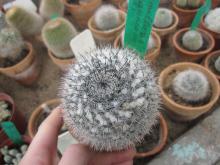 ,
, 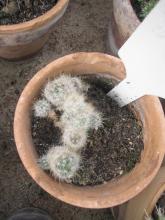 ,
, 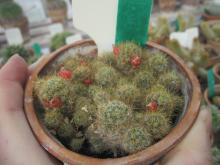 ,
, 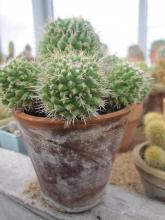 ,
, 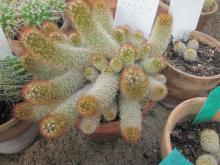 ,
, 